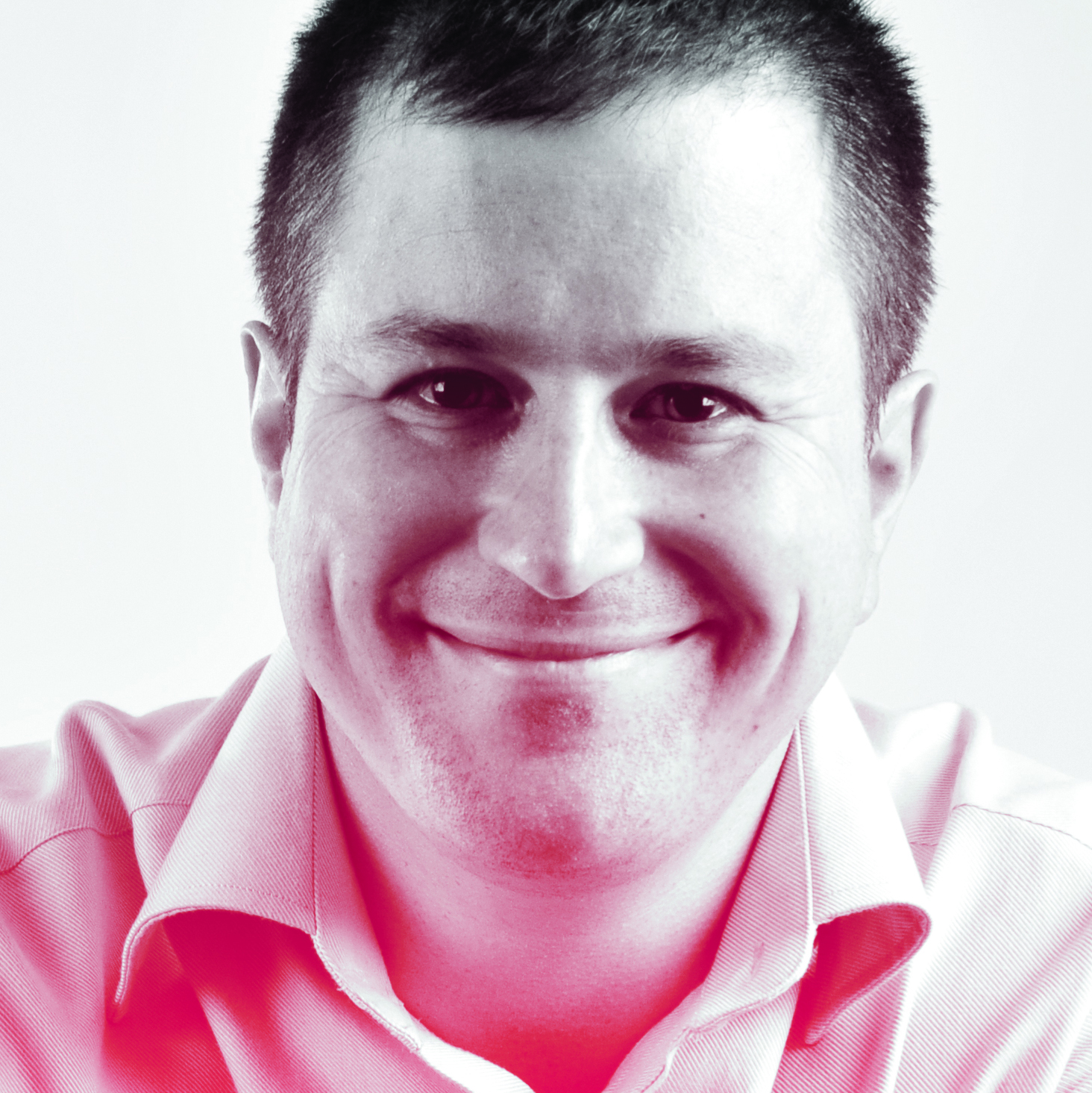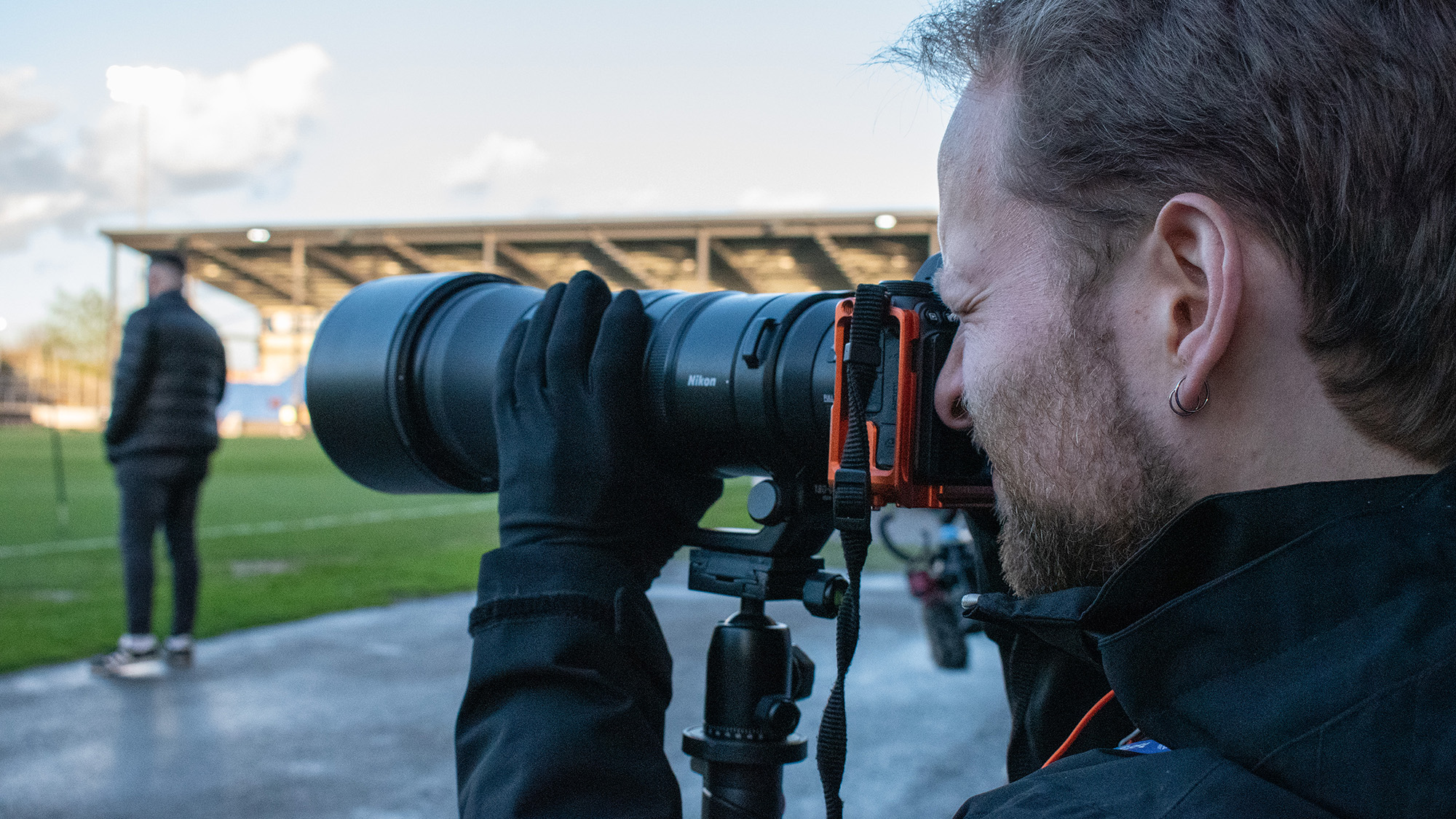
Let's be honest, AI is not merely a passing trend or incremental improvement – it's a seismic force reshaping the entire creative profession. And if you make your living from photography, it's time to start thinking seriously about how soon your job might be replaced
We've all seen photorealistic AI images, and most are dreadful. Video, as seen in the new tool Sora, is even shoddier. But don't get too comfortable. These apps are improving at lightning speed, and it's unlikely to be long before people who used to commission photographers will get what they need (or at least what they think they need) just by typing a text prompt.
So, should photographers all be looking for another job right now? In all honesty, it depends on what type of role you're in. In this article, I'll look at the 10 photography jobs most vulnerable to AI, followed by those that are most likely to survive, and share tips on how to best future-proof your career.
10 photography jobs MOST vulnerable to AI
I won't sugarcoat it: some photography jobs are firmly in AI’s crosshairs. Broadly speaking, if your work involves routine, repetitive or generic imagery, you might want to start worrying. From corporate headshots to product photography, these roles are being automated at breakneck speed.
1. Corporate headshots
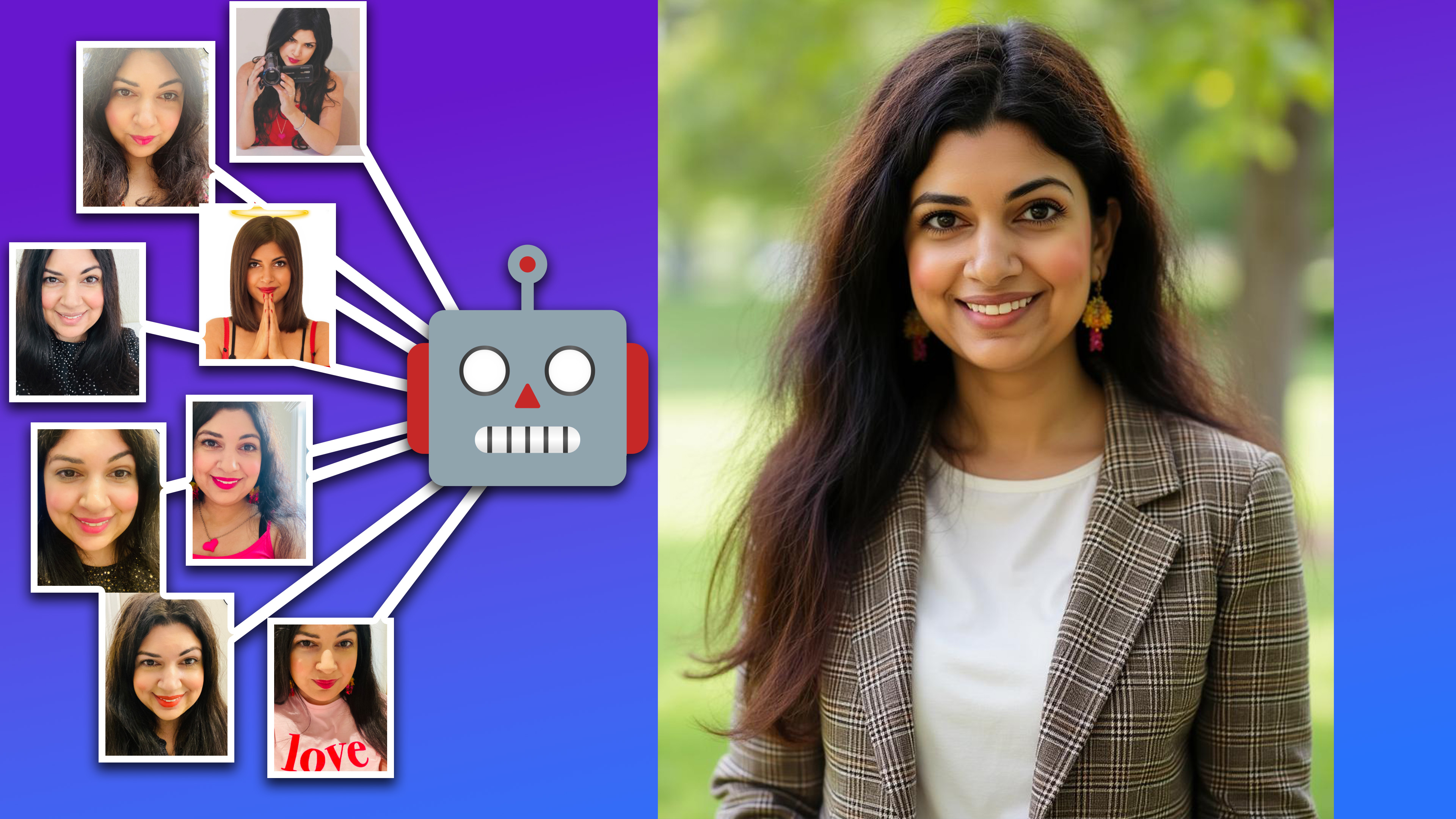
Forget booking studio sessions for corporate headshots: AI is already replacing them. With just a few sample pics, AI can generate professional-looking portraits in a company’s preferred style – without the need for makeup artists, lighting rigs or retouching. To learn more, read Ariane Sherine's eye-opening article, Could this $31 headshot generator destroy my business?
2. Product photography
AI excels at product photography, thanks to its precision and consistency. Brands can now generate polished, photorealistic images of their products without ever setting foot in a studio. From perfectly-lit jewelry to impeccably textured fabrics, AI handles it all. It also eliminates logistical challenges like lighting, props and post-production – making product photographers an easy target for automation.
3. Stock photography
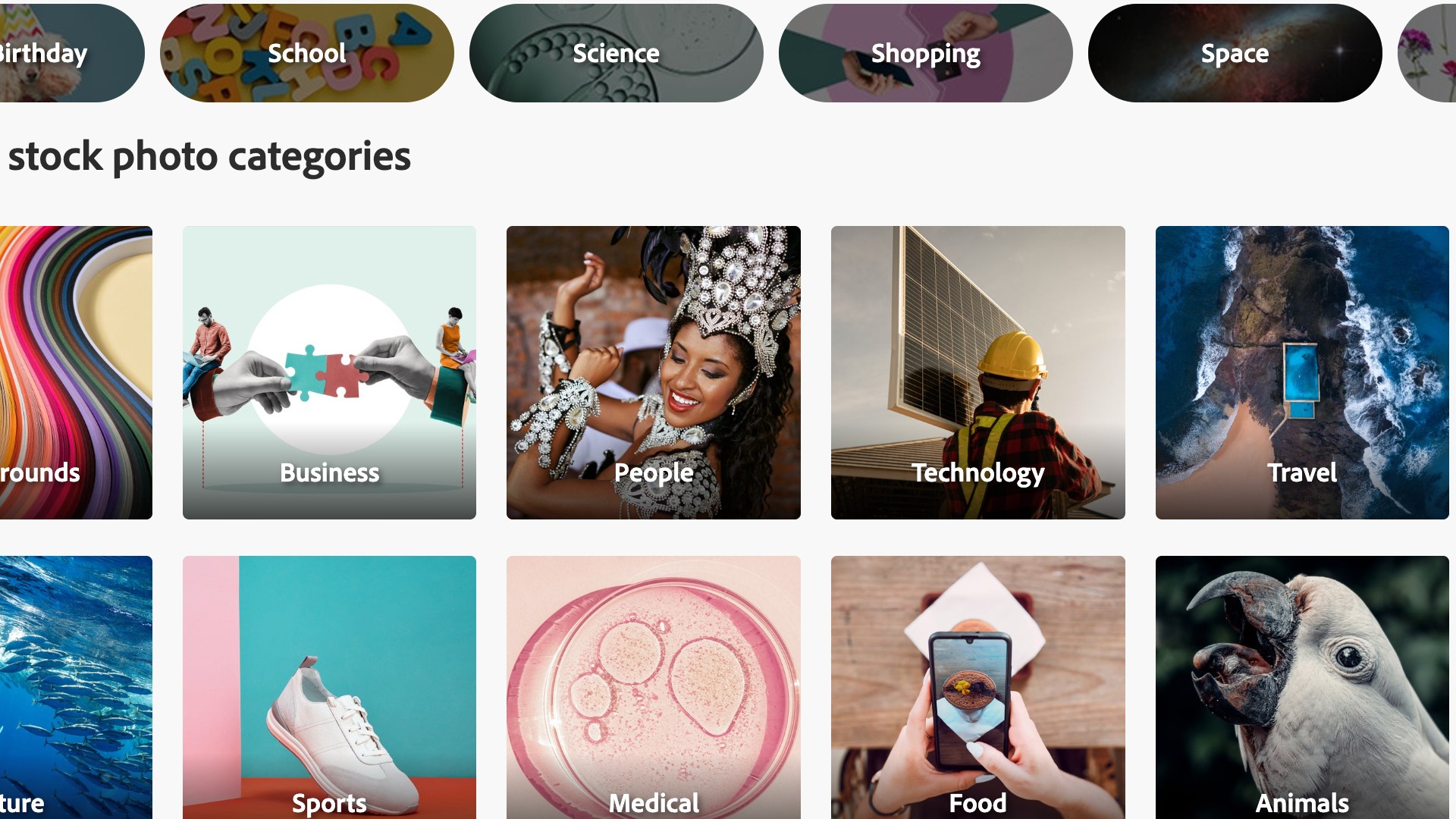
Even the best stock photo sites could soon be on AI’s chopping block. After all, why pay for generic images when you can generate bespoke visuals for free, in seconds? AI platforms can already create very specific, royalty-free photos tailored to any brief, so if this is your main source of income it's probably time to diversify. Take inspiration from George Cairns, who's switched from stock to providing images for book covers.
Get the Digital Camera World Newsletter
The best camera deals, reviews, product advice, and unmissable photography news, direct to your inbox!
4. Architectural photography
Why hire a human to shoot your buildings when AI can build entire worlds from scratch? More and more architectural firms are embracing AI-generated renders that look indistinguishable from real photos. These visualizations are faster to produce, offer infinite flexibility when it comes to revisions, and eliminate the need for costly location shoots.
5. Large-scale event photography
Think event photography is safe? I'm not so sure. Big events like conferences and expos often prioritize quantity over artistry – perfect for AI. Robots powered by AI can automatically capture crowd shots and key moments, while AI-generated imagery can fill in the gaps. Plus, attendees love gimmicks like the Eva Photography Robot, which can chat to people and take their picture, adding a novelty element to proceedings that humans will struggle to match.
6. Generic landscape photography
AI can now conjure up breathtaking, hyper-detailed landscapes with ease. From serene sunsets over lakes to dramatic mountain ranges, tools such as Midjourney can fabricate picture-perfect scenes without ever stepping outdoors. While human landscape photography prioritizes authenticity, AI-generated alternatives can be cheaper, quicker and faster for clients who just want something that looks nice.
7. Basic photo editing
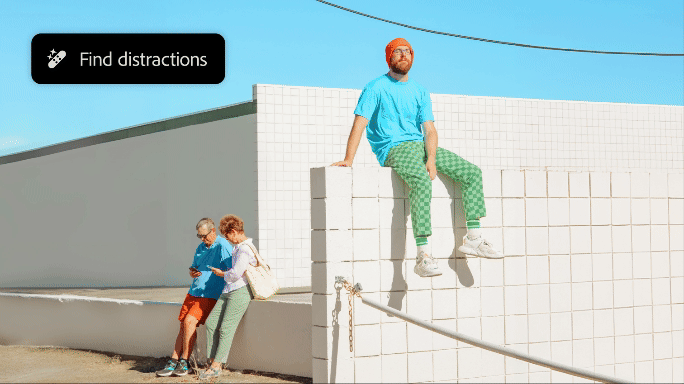
AI-powered editing software has rendered basic retouching skills almost redundant. Tasks like background removal, skin smoothing and color correction can be completed in seconds with AI tools. Even advanced processes, such as style transfer and object removal, are now automated. As AI editing evolves, photographers offering only basic post-production will become swiftly irrelevant.
8. Fashion lookbook photography
AI-generated models and apparel imagery are making many aspects of fashion photography redundant. Brands can now create entire catalogs with flawless, customizable, virtual models in photorealistic settings. With AI offering endless outfit combinations and perfect lighting on demand, human photographers producing generic lookbook images face an uncertain future – and there may well be less demand for human models, too.
9. Basic photo restoration
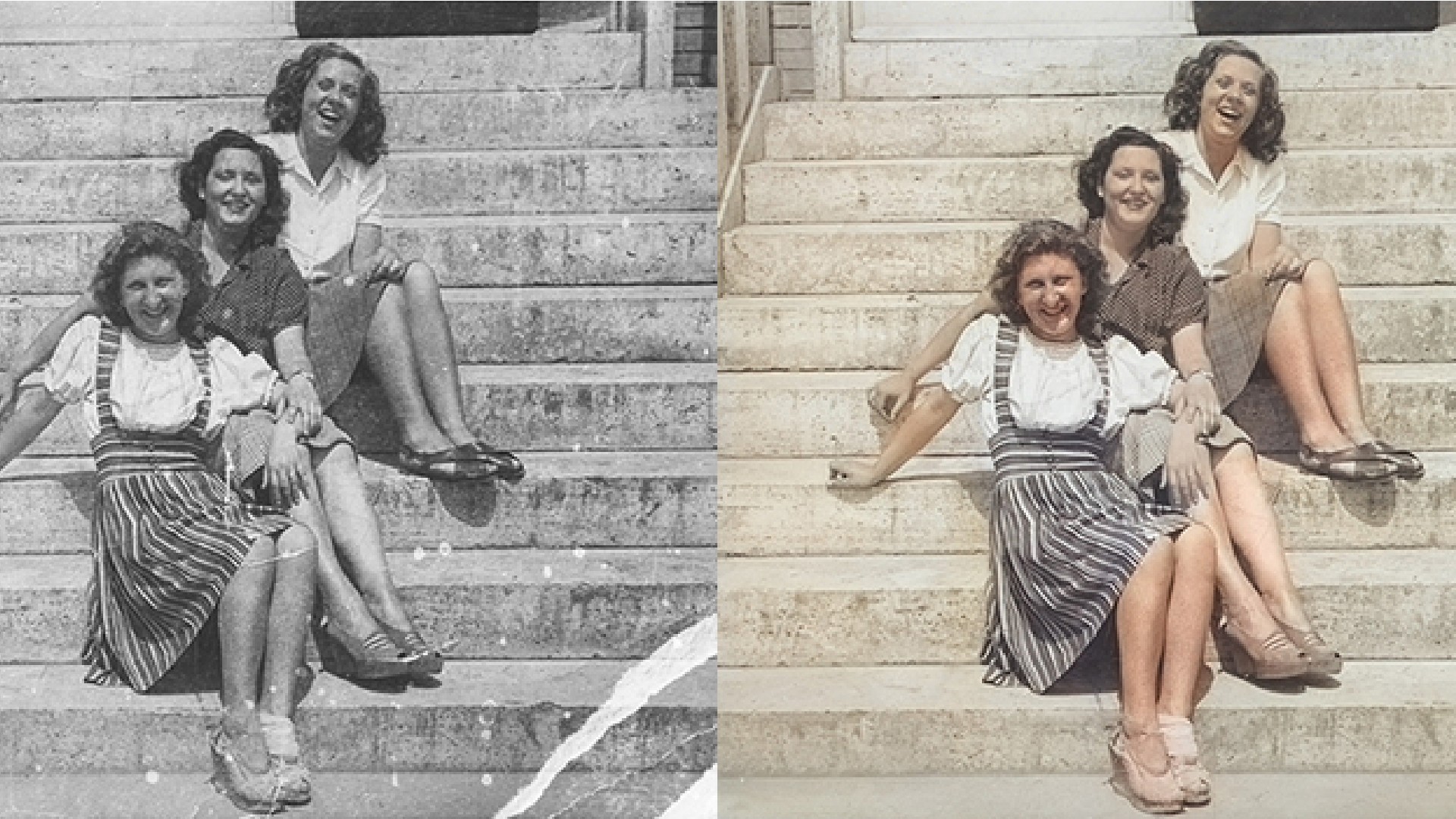
Photo restoration once required meticulous handiwork, but AI now does it in minutes. Anyone can now automatically repair cracks, remove stains and even colorize black-and-white photos with remarkable accuracy, using tools such as the Photo Restoration Neural Filter in Photoshop. While complex restoration still benefits from human expertise, basic fixes are now so streamlined that many clients will bypass traditional restorers entirely.
10. Formulaic marketing photography
Routine marketing images – think generic lifestyle shots or promotional visuals – are easy pickings for AI. Brands can now generate tailored, diverse and hyper-specific images without scheduling a physical shoot. With AI producing custom visuals on demand, photographers specializing in formulaic marketing content will see dwindling demand for their services.
10 photography jobs LEAST vulnerable to AI
Thankfully, it’s not all bad news. Photography that relies on human connection, creative vision and storytelling is far harder for AI to replicate. The following jobs demand emotional intelligence, adaptability and artistic flair – skills that no algorithm can match. Here are the roles that still have a bright future.
1. Fine art photography
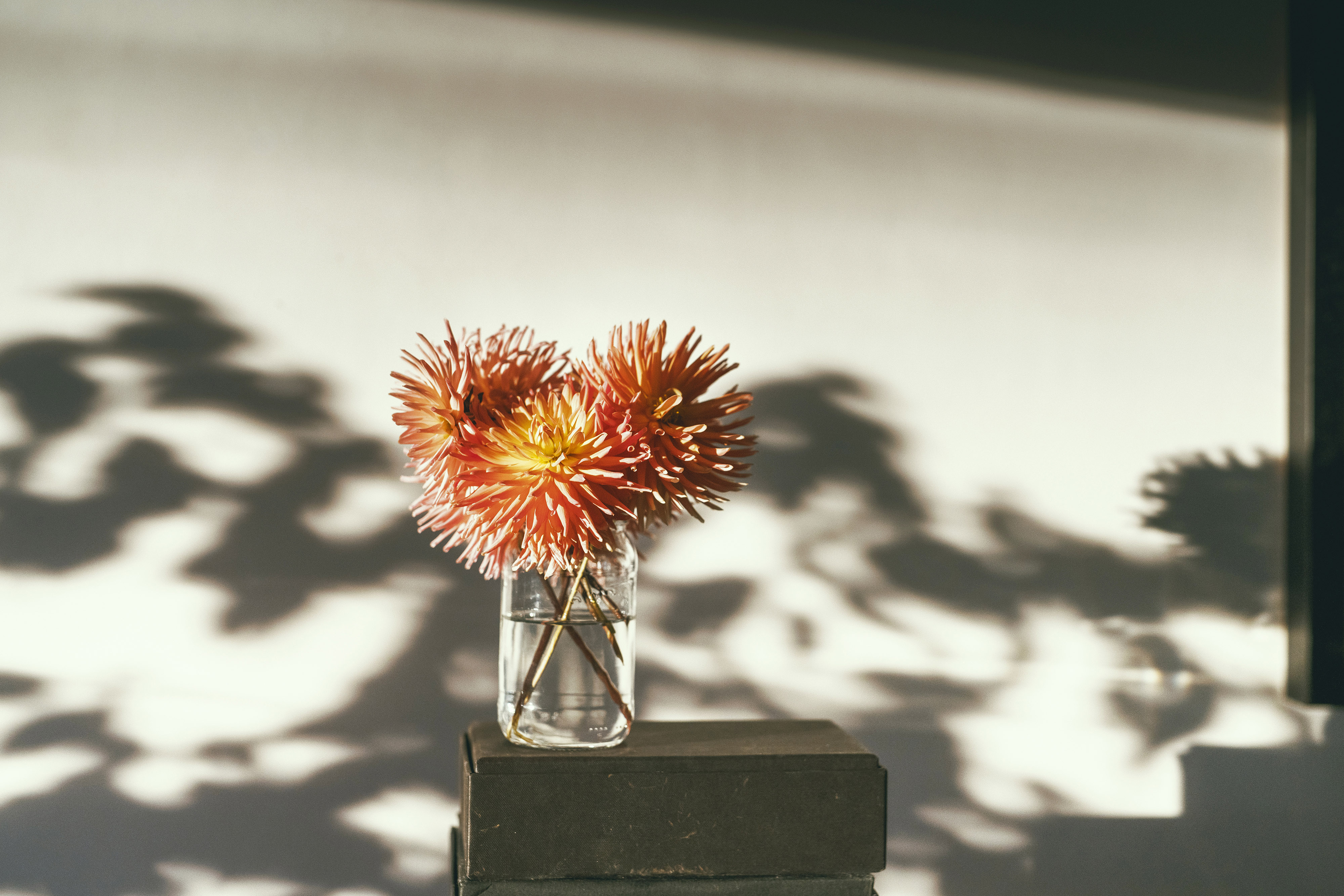
Fundamentally, AI is about automating repetitive, mechanical tasks. Artistic photography is all about the exact opposite: individual vision and creative expression. Fine art photographers use their unique style, imagination and emotional resonance to create work that feels deeply personal. Get inspiration from our tutorial on shooting fine-art images of shadows.
2. Luxury brand photography
Premium brands have always prioritized creative vision and authenticity in their photography. And given that their customers spend above the odds, precisely because of the perceived high quality, that's unlikely to change. Cutting costs by using AI would be hugely counterproductive, bringing such brands into swift disrepute among their discerning customers.
3. Most portrait photography

Corporate headshots are one thing, but more personal forms of portraiture – including celebrity shoots, artistic headshots and family portraits – will continue to demand a human touch. Human connection is at the heart of this discipline, and only skilled portrait photographers can create the sense of trust that helps subjects feel relaxed and authentic. It can help to specialize, too: check out this gothic-themed portraiture for inspiration.
4. Photojournalism
Photojournalists do more than capture events – they interpret them. They decide what to focus on, framing narratives with empathy and context. Whether documenting protests, war zones or humanitarian crises, human judgment and moral responsibility are irreplaceable. Plus, audiences value the authenticity of humans over AI-generated fake news. In fact, the more the latter takes over social media, the more the public will (hopefully) demand it.
5. Wedding photography

AI thrives on predictability and routine. Most weddings are anything but. They're chaotic, unpredictable and emotionally-charged events that you need a human photographer to manage. Capturing fleeting glances, spontaneous laughter and raw emotion requires empathy and intuition. And even if AI could manage that, couples will still want a human they can trust to capture their most precious day. (You need the right kit too, of course: see our guide to the best cameras for wedding photography for that.)
6. Technical photography
Medical, scientific and forensic photography requires technical knowledge and expertise beyond AI’s current reach. From capturing microscopic details to documenting complex procedures, these fields demand accuracy and precision that only highly skilled human photographers can provide. Their role in research, education and analysis makes them unlikely to be replaced by AI, which continues to have a serious problem with so-called 'hallucinations' that make it uniquely untrustworthy.
7. Sports photography
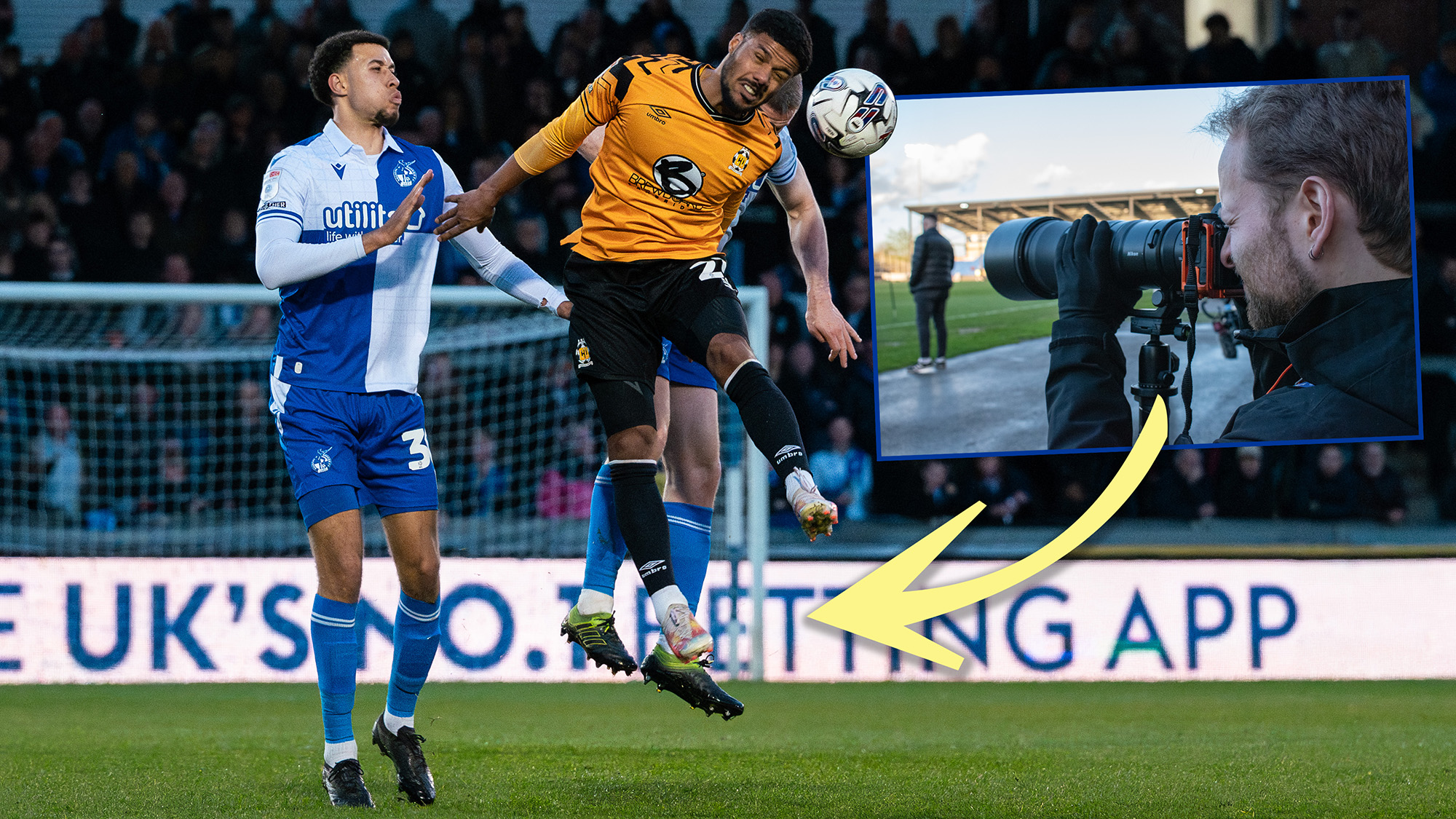
Sports are fast, unpredictable and brimming with emotion – making them another challenge that AI will struggle with. While AI can enhance editing or analyze game footage, it can’t replace the instinct and creativity of a seasoned sports photographer. And while robocameras can (and do) take dramatic photos, they don't understand the story behind them – and that matters. For tips, read our guide to how to photograph soccer like a pro.
8. Documentary photography
By definition, documentary photography thrives on genuine human storytelling. Whether covering marginalized communities or chronicling daily life, documentary photographers establish relationships with their subjects, and require empathy, trust-building and cultural sensitivity. AI lacks the emotional intelligence and nuanced perspective needed for this deeply personal form of visual storytelling.
9. Wildlife and nature photography
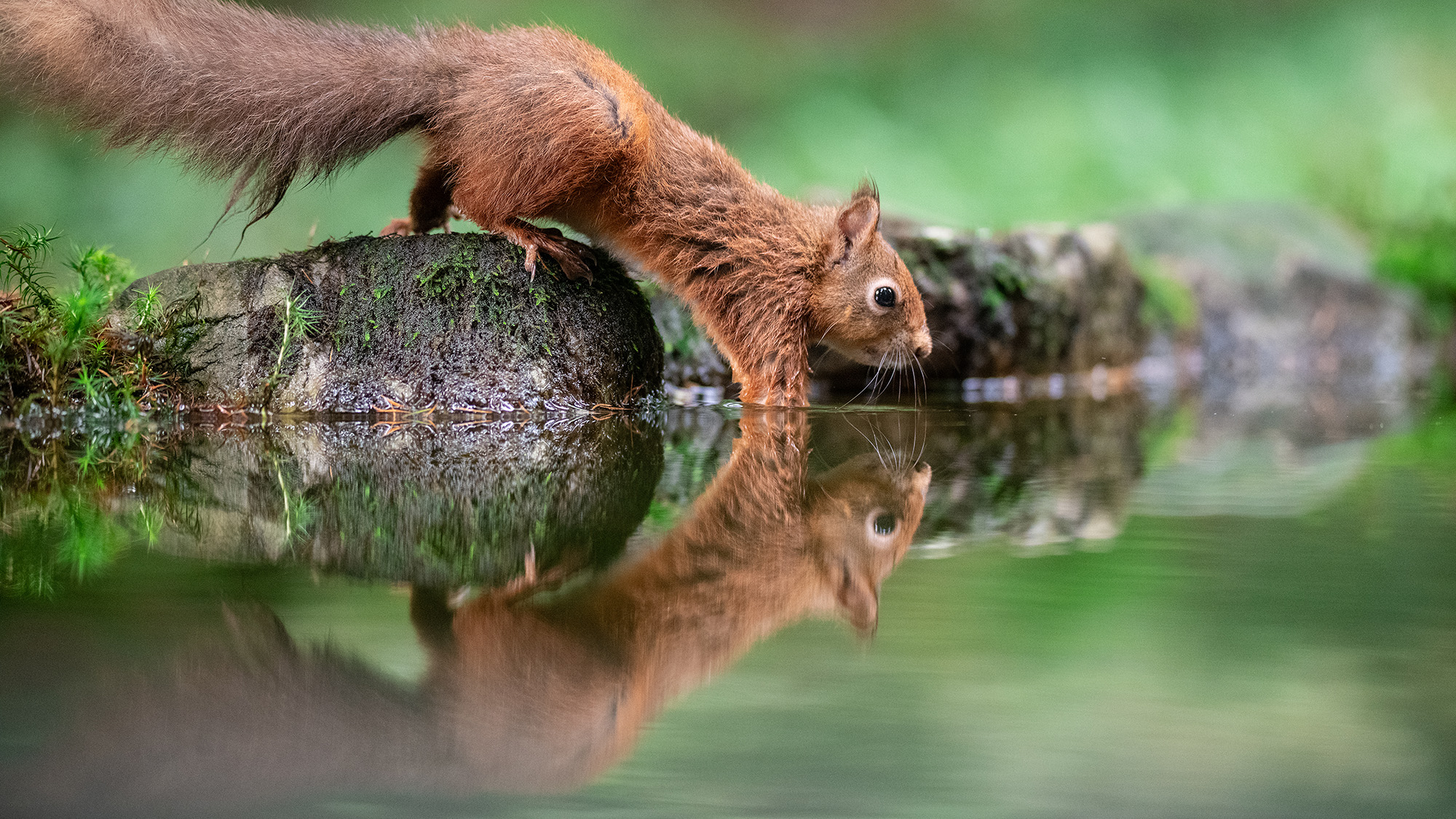
Wildlife photographers do more than press a button. They track their subjects, endure harsh conditions, wait for hours and capture unscripted natural wonders. Yes, fake AI images can replicate such shots. But viewers don't just want to see a great image, they want to hear the story behind it. Only a human can deliver that convincingly. Improve your technique by following our pro tips for wildlife photography.
10. Experimental and conceptual photography
In a sea of generic visuals, experimental and conceptual photography will increasingly out by pushing creative boundaries. AI may generate technically impressive images, but it can’t replicate the raw, unpredictable nature of human creativity. By contrast, human photographers who explore unconventional techniques such as mixed media, long exposures or analog manipulation will continue to carve out a distinct space.
How photographers can stay relevant in the AI era
AI may be changing the game, but that doesn't mean you have to sit on the sidelines. Here are some tips on how to future-proof your career.
1. Double down on creativity
AI excels at formulaic, repetitive tasks, but it lacks imagination and emotional depth. Focus on developing a unique style or niche that showcases your creative voice – whether that’s through experimental techniques, unconventional compositions or conceptual storytelling. The weirder and more personal, the harder it is to replicate.
2. Strengthen your relationships
People buy from people. When you build trust with clients, they’ll be far less tempted to swap you for an algorithm. Prioritize excellent customer service, genuine rapport and a personalized experience that AI can't provide.
3. Harness AI for your own ends
AI isn't just a threat, it's also a tool you can use to your advantage. Automated editing, noise reduction and enhancement tools can speed up your workflow and improve efficiency – leaving you more time to focus on the creative aspects of your work.
4. Expand your skill set
The most specialized jobs are often the safest. So consider focusing on niche areas where human expertise is still essential, such as fine art photography, documentary work or technical fields. Or perhaps offer hybrid services, like photo-based multimedia storytelling or creative direction.
5. Lean into authenticity
As AI-generated content floods the market, authenticity will command a premium. Clients and audiences will increasingly value genuine, human-made photography – warts and all. So don't try to evoke the 'perfect life' that's become a dull cliche on Instagram. Instead, share the stories behind your photos, including all the things that went wrong. Showcase the human effort that goes into your work, and highlight the emotional connection only you can capture.
In conclusion, the rise of AI may be inevitable – but creative, human-driven photography will always be able to command a price. By focusing on originality, storytelling and personal connection, you can keep your career thriving.
You might also like…
See what the AI image generators are capable of, to see what you're up against. Then make sure you have the best mirrorless camera and the best photo editing software to hold your own against them!
Tom May is a freelance writer and editor specializing in art, photography, design and travel. He has been editor of Professional Photography magazine, associate editor at Creative Bloq, and deputy editor at net magazine. He has also worked for a wide range of mainstream titles including The Sun, Radio Times, NME, T3, Heat, Company and Bella.
You must confirm your public display name before commenting
Please logout and then login again, you will then be prompted to enter your display name.

